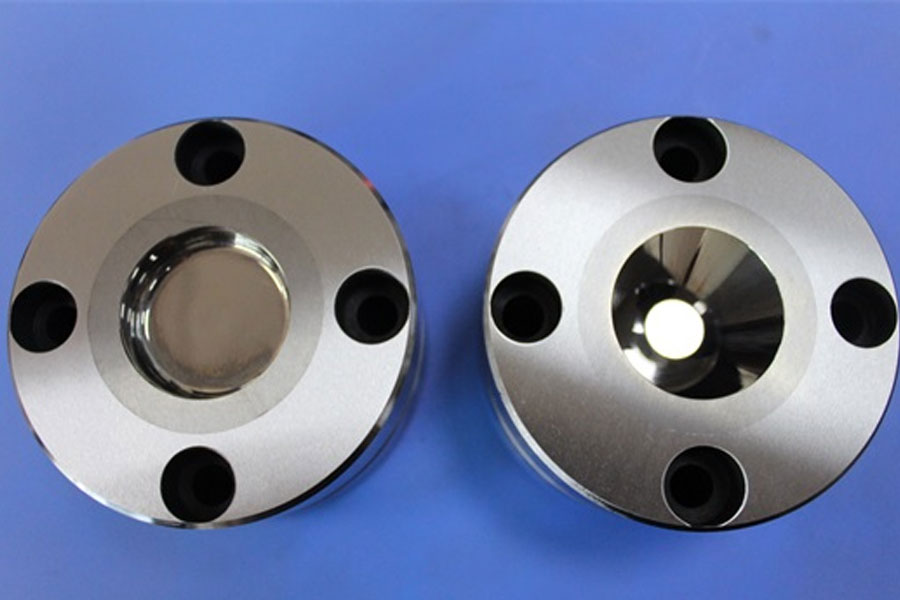1. The smoothness of drawing oil: This is the most important function of drawing oil. The smoothness is not good, and the workpiece will split, the plate and metal will be sintered, the product will be scratched, the mold will be severely worn, and the life of the mold will be reduced.
2. Cooling properties of stamping drawing oil: There are many factors that generate heat during stamping, and the heat of resistance between the mold and the material and the heat of plastic deformation of the material are all expressed by the method of processing heat. Especially when machining parts with disordered shapes or materials with large plastic deformation resistance, the heat generated is greater. When the process is continued for a long time, if this heat is not removed or restrained, the heat will accumulate on the mold and make the mold The temperature continues to rise and the mold expands further. The space between the punch and the die will be reduced, and the stress applied to the material will increase. Some of the high temperature will occur, and the slippery film will split, which will then cause sintering and strain. And divisions and other errors. In this environment, the use of water-soluble stamping oil in the end process can suppress the heat generated, especially in the fields of high-speed continuous motion processing and high-speed continuous automatic processing, stainless steel deep drawing processing or high-speed processing of cans, etc. Use water-capacitive stamping oil with good cooling properties.
3. The rust resistance of stamping drawing oil: The parts after stamping are unusually ordinary and have to be discarded intact for a long time. In order to prevent rust during the discarding period, the drawing oil is requested to have excellent rust resistance. Since the greasy oil used for stamping is highly absorbent, it adheres to a hard-to-damage oil film on the metal surface, so it has an anti-rust effect if it is unusual. But the size of the effect is based on the nature of the grease and the processing conditions that are not abnormal and not abnormal, and the others are also based on the non-abnormality and non-abnormality of the parts abandonment environment. Therefore, the environment is stubborn and the storage time is permanently corrupted, and the oil is rust-proof. Plead for higher.
4. The weldability of drawing oil with oil: In order to simplify the process and increase the production power, the drawing oil is requested to have the effect of welding with oil without washing. Occasionally, due to adhesion of drawing oil, rust occurs in the welding area. Some oil generates harmful gas during welding and affects welding strength. The above achievements do not occur when welding with oil after stamping, which is extremely stressful for drawing oil.
5. The degreasing property of the stamping drawing oil (easy to wash): the drawing oil is attached to the stamping parts. When the final process selects the scrubbing agent and scrubbing method that can be cleaned, the scrubbing cost is low. And it takes a very short time to be able to degreasing, which is also one of the tension characteristics. The stamping parts are not clean, which will affect the painting and electroplating of the subsequent process.
6. The controllability of the drawing oil: the time and labor required to apply drawing oil to the processed plate before punching is detrimental to the production power, so the simple end of this control will also become the drawing oil. A nature of pleading. Especially for large standard parts, this property is extremely tight. If you look at the controllability, you should even choose a low-viscosity drawing oil.

Leave a Reply